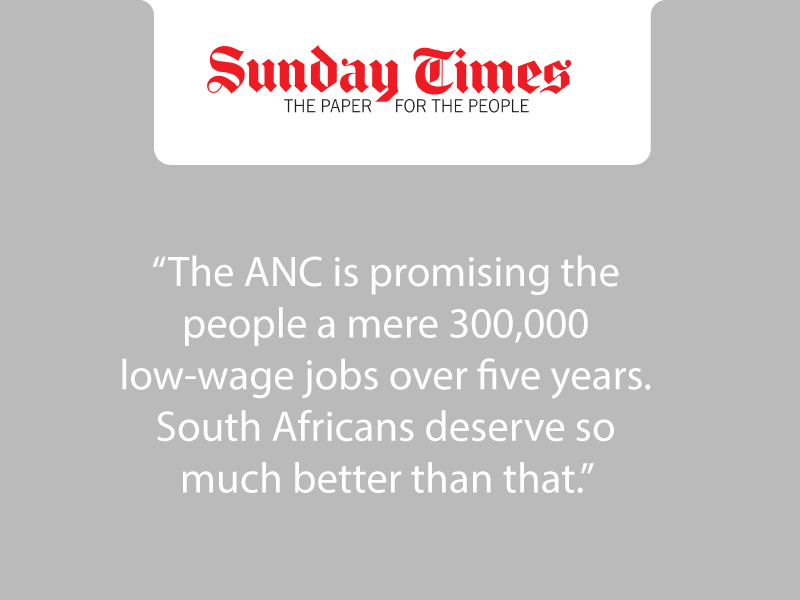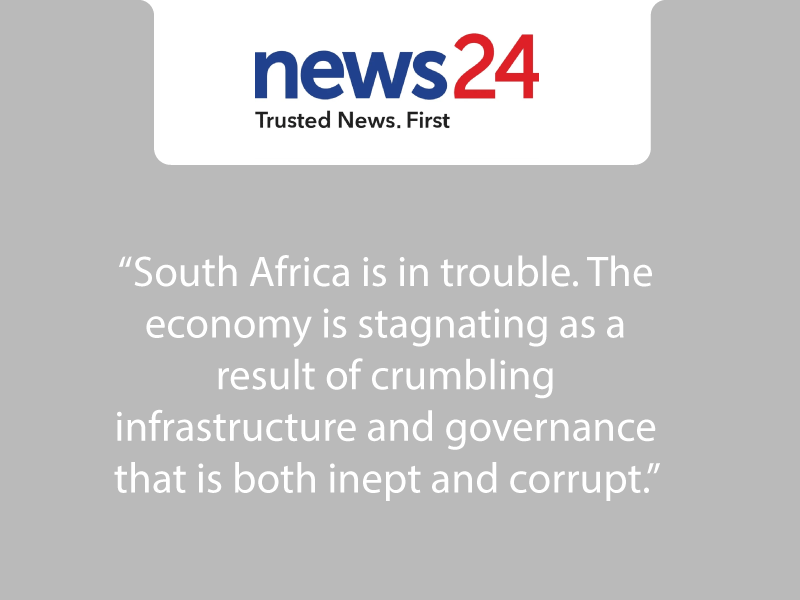
The future of the East Rand is of national concern. This region forms the historic heart of South Africa’s manufacturing economy but, in recent years, manufacturing has stagnated while the region’s population has grown.
The crucial challenge facing the East Rand is to generate economic growth and jobs for a growing population. Without sustained economic growth, the region faces a bleak future.
In 1994 the East Rand comprised 22 local authorities that stretched from Alberton to Kemp-ton Park-Tembisa to Nigel-Tsakane. It is home to as many as 2,5-million people, has a formal sector economy worth R66-billion and sustains some 628 000 job opportunities largely provided by 33 000 registered employers. It is South Africa’s ‘unknown metropolis’.
The East Rand is South Africa’s historic workshop. Most of its jobs are in manufacturing metals production, metalworking, chemicals, food and beverages, packaging. Just over half of its gross geographic product is derived from manufacturing compared to the country’s 24 per cent. Manufacturing is complemented by the air-transport, rail, warehousing and telecommunications sectors.
Two challenges
Unemployment is very high – some estimate 40 per cent. A rapidly growing, often unskilled, population face a shortage of formal and informal jobs and a shrinking of the metals cluster that has provided upward mobility for generations of workers. Today, the region faces two new challenges. First, government’s new economic approach (gear) could lead away from inland manufacturing towards the coastal metropoles; second, other South African cities are currently better placed to compete for new investment. Many now have metropolitan-wide economic strategies, more effective governance structures for co-operation across the urban region and a better image with respect to crime, violence and general business climate.
Research indicates that despite stagnation the economy of the region can be revived. It has of late shown signs of vigorous life and steps towards the revival cannot be postponed indefinitely. If real opportunities for growth are to be grasped, the region will have to improve its low status and attractiveness as a place to do business. At present it falls short in several crucial areas.
The area is institutionally fragmented. Individual towns compete rather than co-operate. Despite the integrated nature of the area’s manufacturing-based economy, centred as it is on clusters of competitive and interlinked companies, individual city governments do not seem to understand the advantages of co-operating to develop it further. Such rivalry among jurisdictions often inhibits a whole area’s ability to respond to economic challenges.
The local government elections held in November 1995 have greatly changed the shape of the East Rand with far-reaching consequences for its future. In one major development Edenvale, Modderfontein, Kempton Park and Tembisa have chosen to hive-off from the region and create a new metropolitan area, the Kayalami Transitional Metropolitan Council, which stretches up to Midrand and incorporates much of the most dynamic parts of the area’s economy. The other remaining towns have amalgamated with their associated townships, forming new transitional local authorities, falling under the Eastern Gauteng Services Council, which now also has jurisdiction over a large number of far-flung rural councils.
The region is also socially divided, with enormous differences in social and economic conditions. Large scale infrastructural initiatives such as the Katorus Presidential Project, while undoubtedly contributing to the improvement of social conditions, do little to address the area’s economic viability. The considerable public resources (R3-billion) being put into this historically deprived area constitute a once-off gift that must be used to maximum effect. Infrastructure development and service delivery must be viewed through the prism of economic growth if they are to provide sustainable ‘steel ladders’ for a community’s future development. Can the Katorus Presidential Project really be successful without an effective economic strategy for the region?
Business leaders
The East Rand lacks a cohesive business grouping concerned with its social, economic and political welfare. East Rand business leaders rarely comment on the economy or future of the area and do not seem to identify wholeheartedly with the East Rand. Although some of the reasons for this are understandable, it is nonetheless puzzling. It is hard to envisage the sustained development of world-class companies from a region in economic and social decline.
Despite a few well-meaning efforts, there is little strategic understanding of the East Rand’s economy, its fit within the dynamics of the broader provincial, national and international economies and the area’s true sources of competitive advantage. Ironically, for an area that is economically based on what are distinctive clusters of manufacturing and distribution industries that cross municipal borders, there is absolutely no shared vision of the region’s economic future.
Compounding this is a dearth of information and data, a lack of leadership from any quarter, and a lack of social glue – the infrastructure for social collaboration. Crime and violence, together with social inequalities and poverty form an interlocking spiral which seriously compromises the ability of the area to compete as a metropolitan economy.
As a consequence of these factors, the image of the East Rand among investors, managers and the press is a negative one. The positive factors that do exist throughout the region are overshadowed by the negatives.
There are real opportunities on the East Rand. The area has under-utilised physical infrastructure (think of its freeway system), plenty of vacant, industrially-zoned land, a trained industrial workforce, much of it in small and medium-sized firms already linked to the area’s large companies. Here exists much latent entrepreneurial possibility. As a place to live it has many positive characteristics: low housing prices, good recreational amenities, open spaces and good shopping facilities.
Strategic vision
A new strategic vision for the East Rand is urgently required. This vision must be developed within the context of national and global competition and could be built around the revival and strengthening of the area’s manufacturing-based economy. The key stakeholders in the East Rand (business, labour, local, provincial and national government and communities) need to come together as equals to discuss its future. They need to address the question: can the East Rand consolidate its position as South Africa’s workshop into the 21st century?
The future of the East Rand affects the entire country and should not be left for local actors to wrestle with alone. Without strategic leadership, national, provincial, and local, public, and private, it is difficult to see the East Rand as an entrepreneurial region able to meet the challenges of increased population and economic competition. Without concerted action, the spectre of an unmanageable urban region looms large.
Ann Bernstein is the executive director of the Centre for Development and Enterprise. This article is based on the CDE publication ‘The East Rand: can South Africa’s workshop be revived?’ (June 1997).
Photo credit: Wikipedia




